Customer engagement platforms have changed a lot in the past decade. Scripted chatbots once gave limited, robotic replies. Now, advanced AI agents offer personalized and emotionally aware conversations.
These agents do more than answer questions. They help build trust, grow brand loyalty, and improve the customer journey.
This change is a result of improved natural language and emotional intelligence technologies, as well as the quick ascent of artificial intelligence in business. Current AI assistants can read emotions in real time, recall past interactions with customers, and respond in a way that seems sympathetic and pertinent. This has changed the way companies interact with their customers.
Adoption Trends: From Experimentation to Mainstream
AI in customer engagement platforms has moved fast. It started with small pilot projects. At first, companies used AI only for basic tasks like answering FAQs or routing questions. Now, AI agents work across the web, mobile apps, social media, and voice systems. They can manage full conversations with little or no human help.
Government and institutional surveys confirm this shift:
- S. firm-level surveys document AI adoption rates of 20 percent to 40 percent, reflecting how deeply AI is now integrated into operational workflows.
- The S. Census Bureau’s BTOS survey shows that while only a small fraction of firms reported AI usage within a two-week period, employment-weighted data points to closer to 20 percent, indicating that larger firms with more employees are more likely to adopt AI.
- Adoption is accelerating sharply, with annualized growth rates of 73 percent for firms and 145 percent for individuals engaging with AI in workplace settings.
Also Read: What Is Lean Marketing? A Beginner’s Guide to Smarter, Faster Campaigns
Several factors are driving this growth:
1. Lower Barriers to Entry – Cloud-based AI tools and pre-trained models have made setup cheaper. Even mid-sized companies can now use advanced AI agents without big investments.
2. Omnichannel Engagement – Customers want the same experience on every channel. AI agents keep tone, messaging, and personalization consistent across live chat, social media, and voice.
3. Clear ROI – Early adopters see real results. Customer satisfaction is higher, handling times are shorter, and retention has improved. This success is pushing more companies in retail, banking, and telecom to follow.
Capabilities Defining the New Era
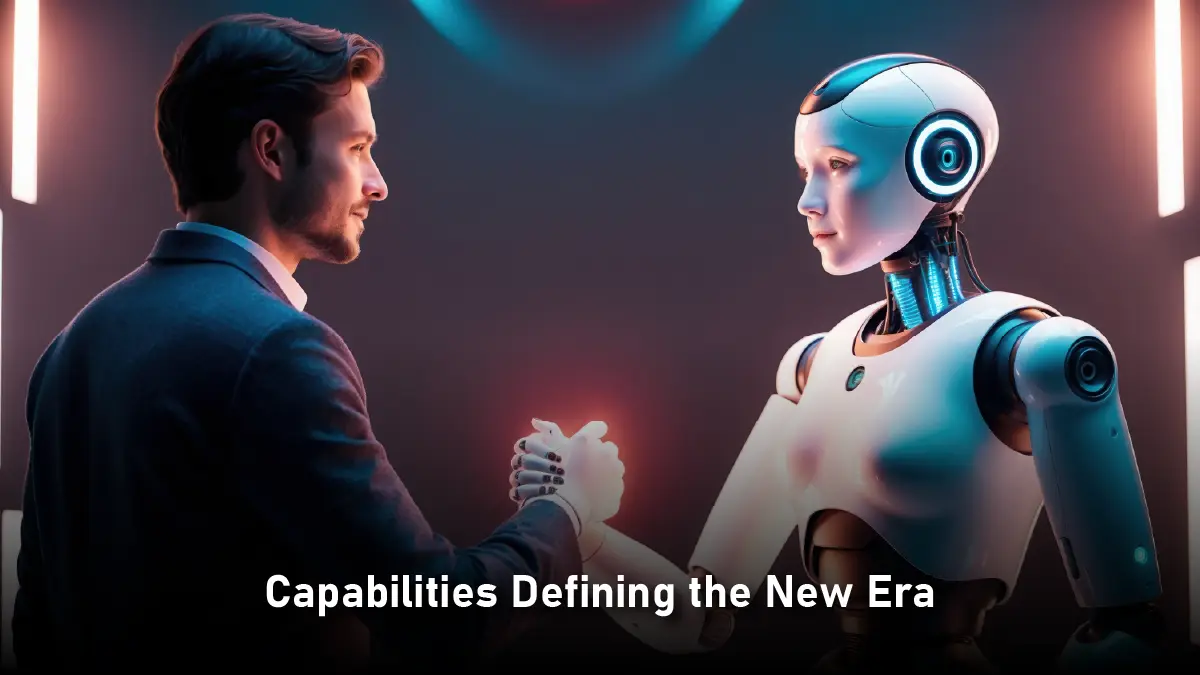
Traditional chatbots and modern AI agents are significantly different. Pre-written scripts are not their main source of information. Rather, they employ sophisticated machine learning to identify emotions, comprehend client intent, and produce tailored responses.
● Hyper-Personalization
AI agents use customer history, behavior, and context to craft responses that feel personal. They go beyond using a customer’s name. They adjust tone, suggest relevant options, and even anticipate needs.
● Emotional Awareness
AI can detect emotions in language. It can respond with empathy to frustration or match excitement with enthusiasm. This makes conversations feel natural and human-like.
● Generative AI Integration
Generative AI is now becoming common. In 2023, only 20 percent of AI systems used it. By 2026, it is expected to reach 80 percent. It allows AI agents to create original, context-aware replies instead of repeating pre-set templates.
● Efficiency and Measurable Outcomes
AI-powered customer engagement shows clear benefits in service quality and efficiency. Studies show that using generative AI in customer support helps resolve about 15 percent more issues per hour. It also lowers escalation rates and makes conversations sound more natural. Comcast’s ‘Ask Me Anything‘ feature, which allows human agents to query AI in real time, has cut search time per conversation by 10 percent and received nearly 80 percent positive feedback from agents. For large enterprises, the results are even more striking. Salesforce reports that its AI resolves 85 percent of customer service cases without human intervention. This not only reduces costs but also allows human staff to focus on complex, high-value interactions.
Industry Leaders Driving Innovation
The capacity to deploy sophisticated, emotionally intelligent AI agents at scale is quickly defining the competitive environment for customer engagement platforms. Through product launches, platform redesigns, and strategic investments, a number of industry leaders are reshaping the market.
1. Salesforce
Salesforce has been at the forefront of embedding autonomous AI agents into its service ecosystem. Its Agentforce initiative combines generative AI, predictive analytics, and CRM integration to allow agents to not only respond to queries but also anticipate needs. For instance, Agentforce can scan a customer’s interaction history, purchase patterns, and service records to provide instant resolutions or recommend new products. Salesforce reports that this system resolves 84 percent of customer queries and 66 percent of website inquiries for certain clients, freeing up 2,000 support roles for higher-value work. The company’s public statements also emphasize that Agentforce is designed with compliance frameworks for regulated industries, making it attractive to sectors such as healthcare and finance.
2. Duolingo
Language-learning platform Duolingo has integrated AI deeply into its premium tiers, Super and Max. Features include real-time error explanations, video-call chatbots for conversational practice, and adaptive lesson sequencing. These capabilities are built to respond not just to the learner’s performance, but also to their engagement levels, adjusting difficulty dynamically to maintain motivation. The company’s 2025 revenue forecast was raised above US$ 1.01 billion, with a 20 percent share price jump attributed to the strong adoption of these AI tools. Duolingo’s AI strategy demonstrates how engagement-focused personalization can drive both user retention and monetization.
3. SoundHound AI
SoundHound AI focuses on voice-enabled AI assistants. Its technology lets businesses add conversational features to cars, restaurants, and retail settings. The AI understands natural speech and follows the context across several exchanges. It can also connect directly with inventory or booking systems to complete tasks without human help. This makes it ideal for industries where hands-free interaction improves the customer experience.
4. Microsoft
While not traditionally positioned solely as a customer engagement platform provider, Microsoft has redefined its Dynamics 365 Customer Service suite with Copilot capabilities. These AI agents support both end-users and human agents, summarizing past interactions, drafting empathetic responses, and proactively surfacing knowledge base articles. Microsoft’s focus on embedding Copilot into enterprise workflows shows how AI can create a unified engagement layer across sales, service, and marketing functions.
5. Zendesk
Zendesk’s AI-powered customer service tools, launched in 2024, focus on speed to onboard and adapt. Its AI agents are designed to connect to existing customer data sources and deliver value right away with no long training periods. The system learns from closed tickets over time. Mid-market and enterprise companies are looking for faster time-to-value in AI adoption.
These companies are showing that leadership in customer engagement is about three things: depth of personalization, ability to operate across channels autonomously, and compliance and governance. Their investments are saying the transition from chatbots to emotionally intelligent AI agents is not a trend, it’s the new normal.
Strategic Considerations for Platforms
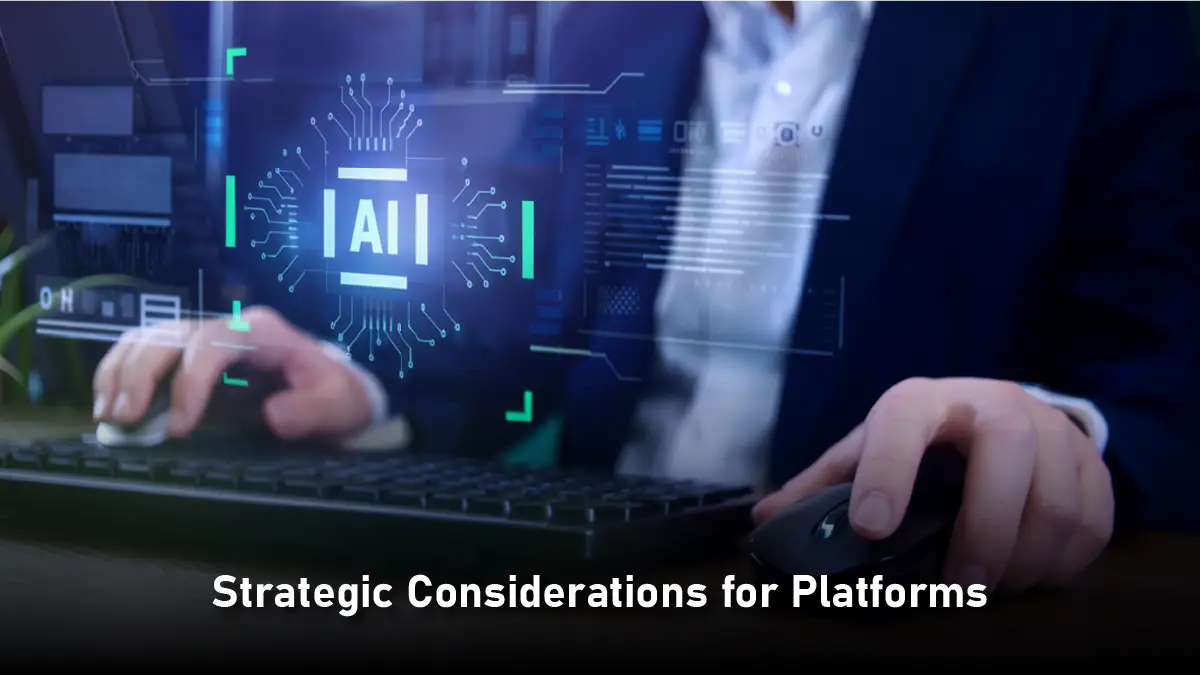
It takes more than simply integrating a language model into a chatbot interface to create customer engagement platforms that can make the most of AI agents. You require a strategic approach that strikes a balance between governance, procedure, and technology.
● Autonomous Decision Making
In addition to answering questions, AI systems should anticipate customer needs. This means making proactive offers, reminders, or solutions utilizing transactional data and predictive analytics. For example, in a telecom context, if an agent observes a pattern of dropped calls for a subscriber, they may proactively recommend troubleshooting or a plan upgrade.
● Emotional Intelligence at Scale
Sentiment detection needs to go beyond binary positive/negative. Modern models are now able to recognize subtleties and react appropriately, including irony, urgency, and uncertainty. Maintaining empathy in millions of everyday interactions leads to increased loyalty and trust.
● Scalability
AI must perform consistently under peak loads, across multiple regions, and in multiple languages. This requires cloud infrastructure, regional data centers for latency reduction, and continuous retraining of models to reflect language and cultural nuances.
Regulatory and Ethical Compliance
As AI collects and processes customer data, GDPR and CCPA compliance become critical. Platforms should embed data minimization, consent management, and transparent AI decision explanations to stay compliant and customer confident.
● Human-in-the-Loop Safeguards
Even the most advanced AI needs an escalation path. A hybrid model, where AI handles routine cases and transfers complex or sensitive cases to human agents, ensures a safety net for service quality.
● Continuous Learning Framework
AI must get better over time. Feedback loops, performance analytics, and domain specific fine tuning ensure the system evolves with customer needs and business objectives.
Concluding Thoughts
A new era of scaled, emotionally intelligent, context-aware AI agents is upon customer engagement platforms. Efficiency, cost savings, and stronger customer relationships are the observable outcomes.
Businesses such as SoundHound AI, Duolingo, and Salesforce are demonstrating how the smart use of AI agents can transform interaction from reactive problem-solving to proactive relationship-building. Platforms that can combine personalization, emotional intelligence, and operational efficiency into a single experience will gain a competitive edge as usage increases.





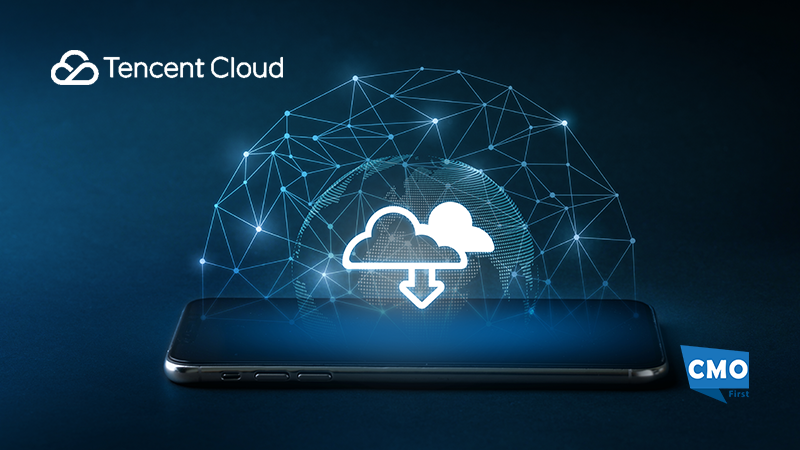








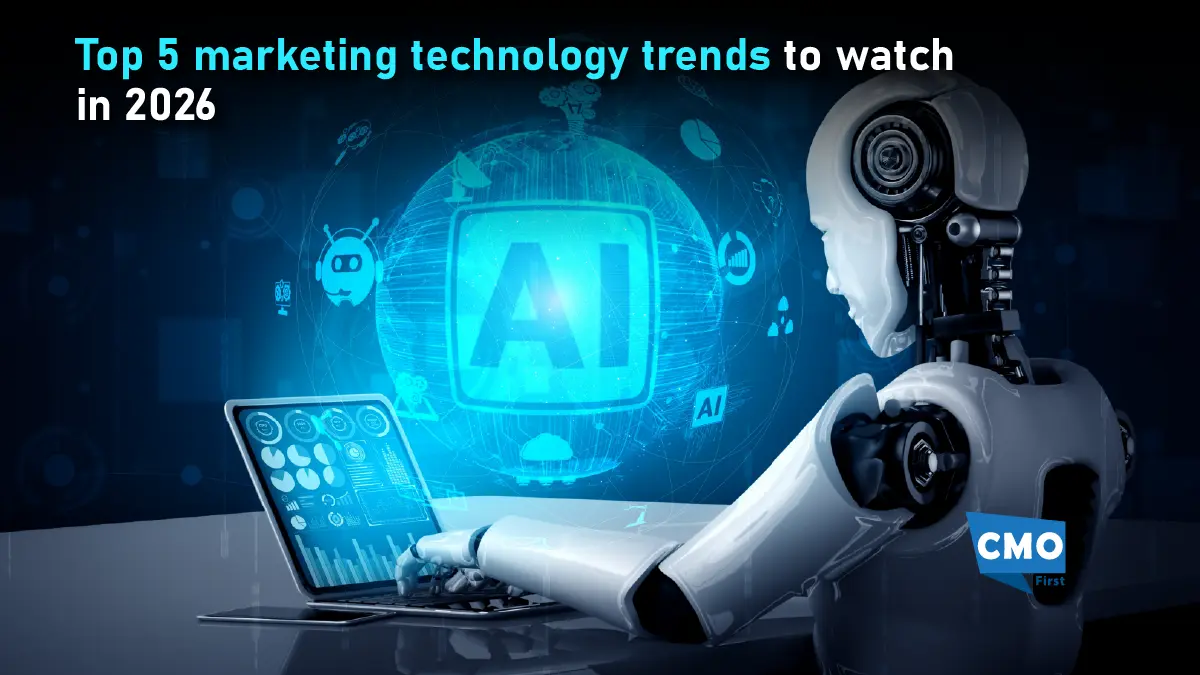
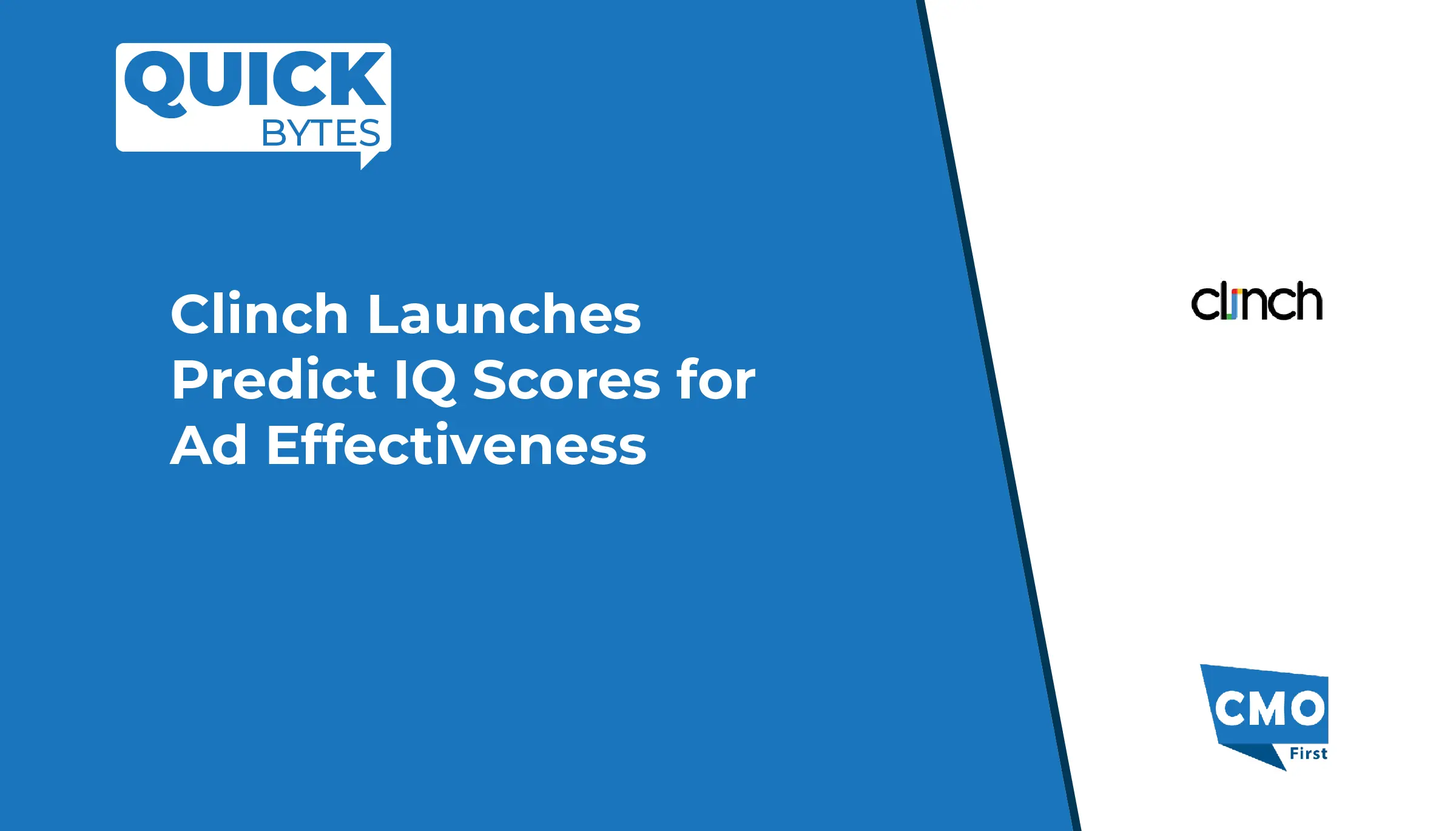

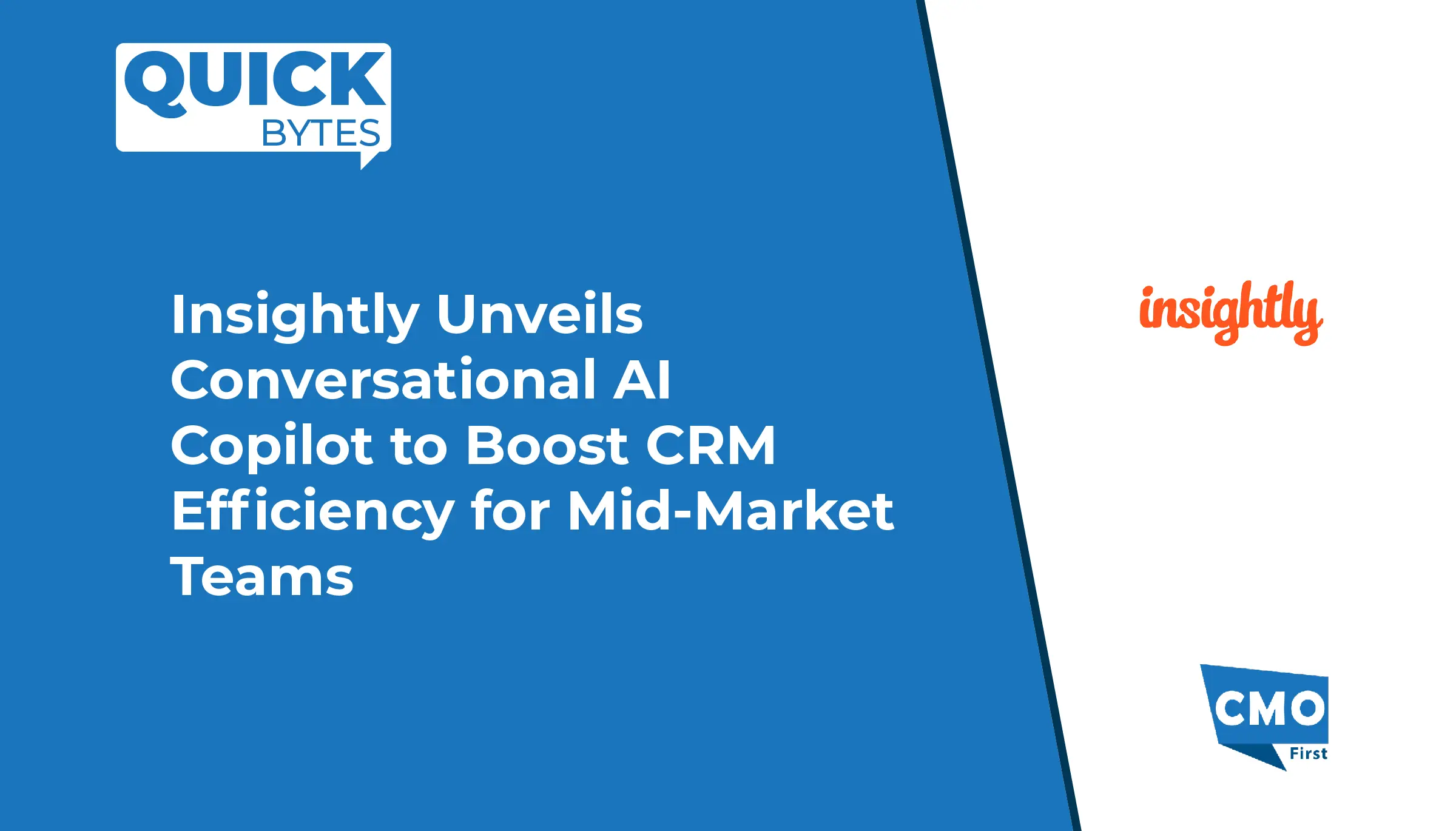
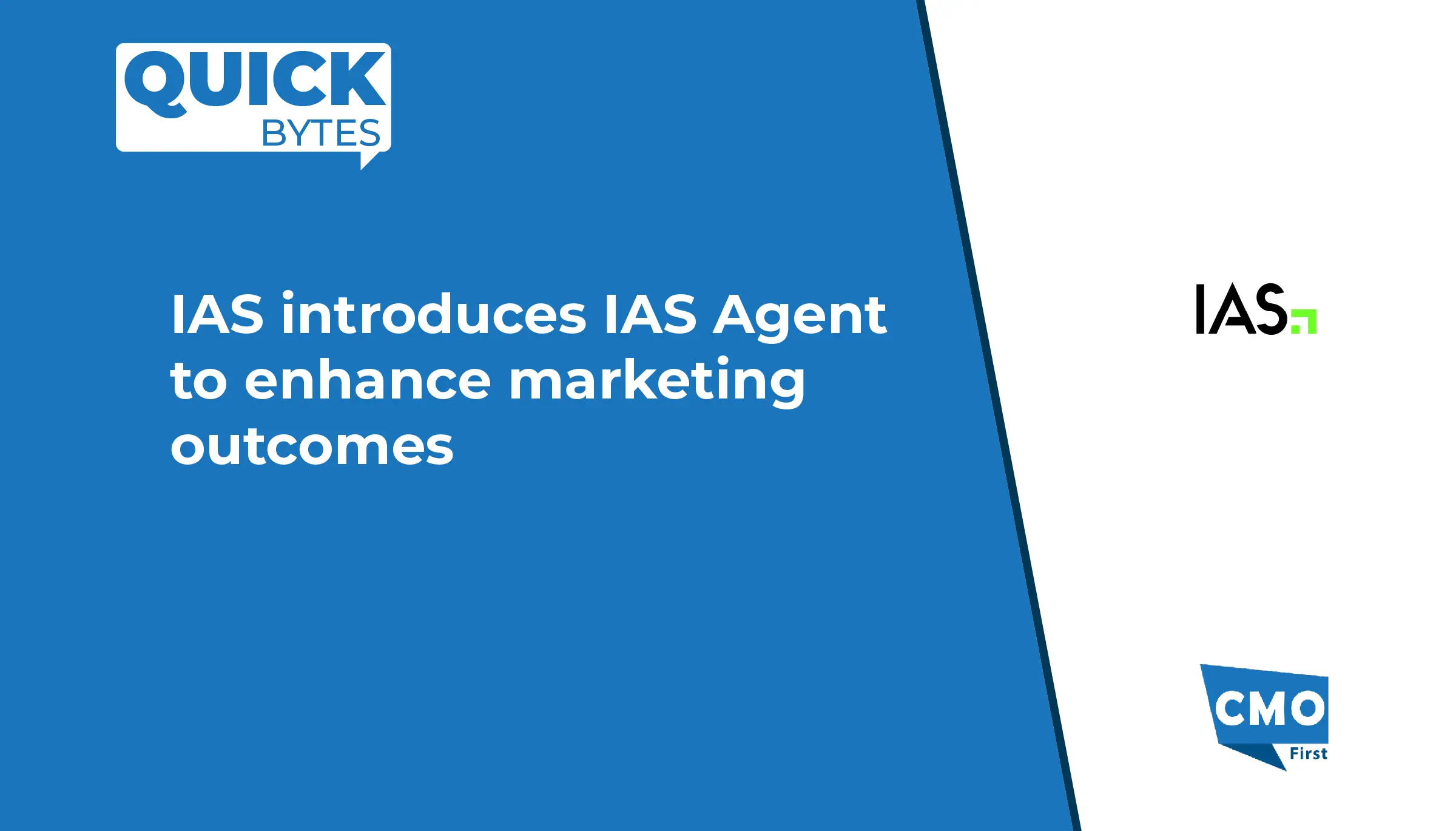
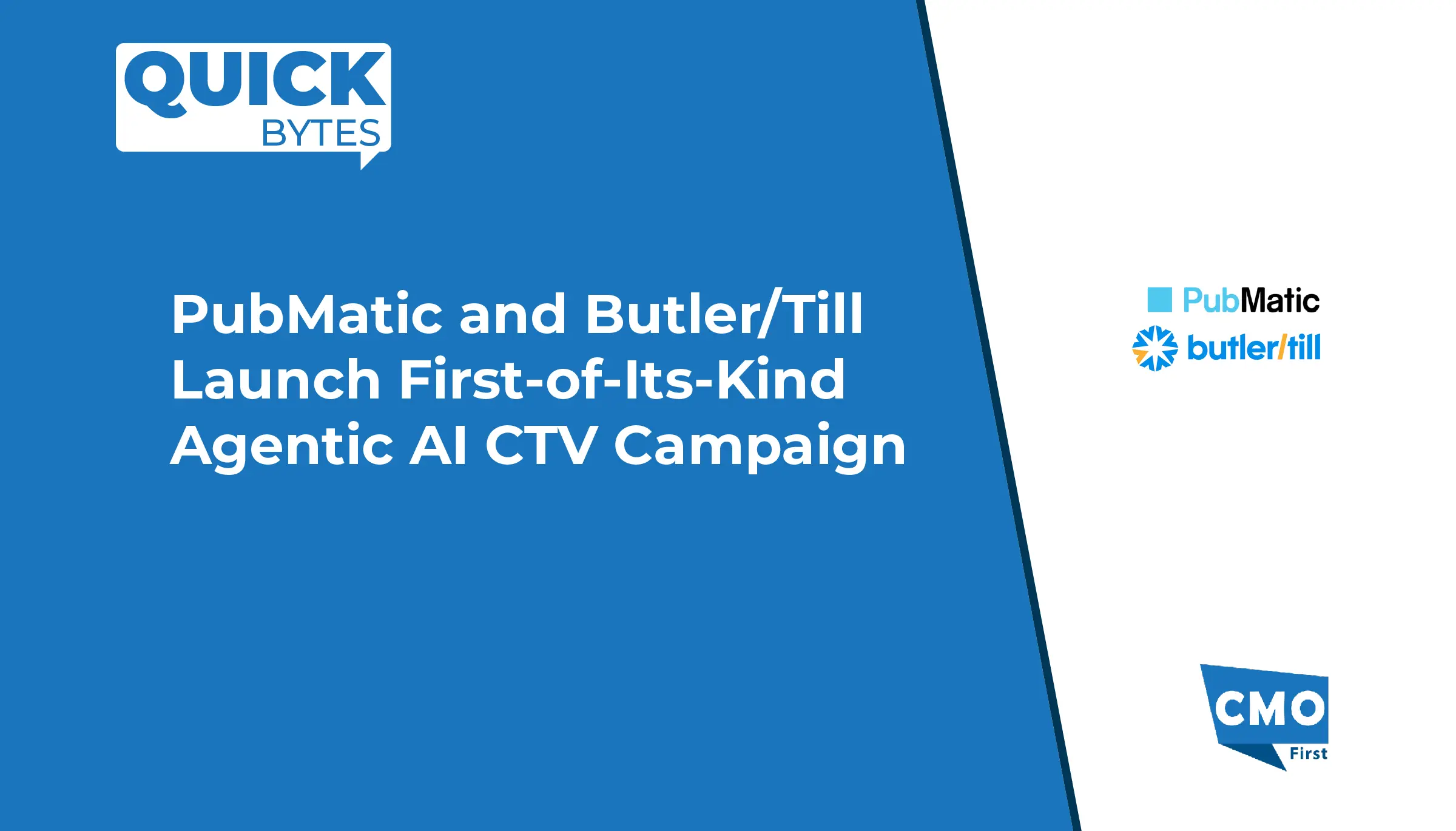


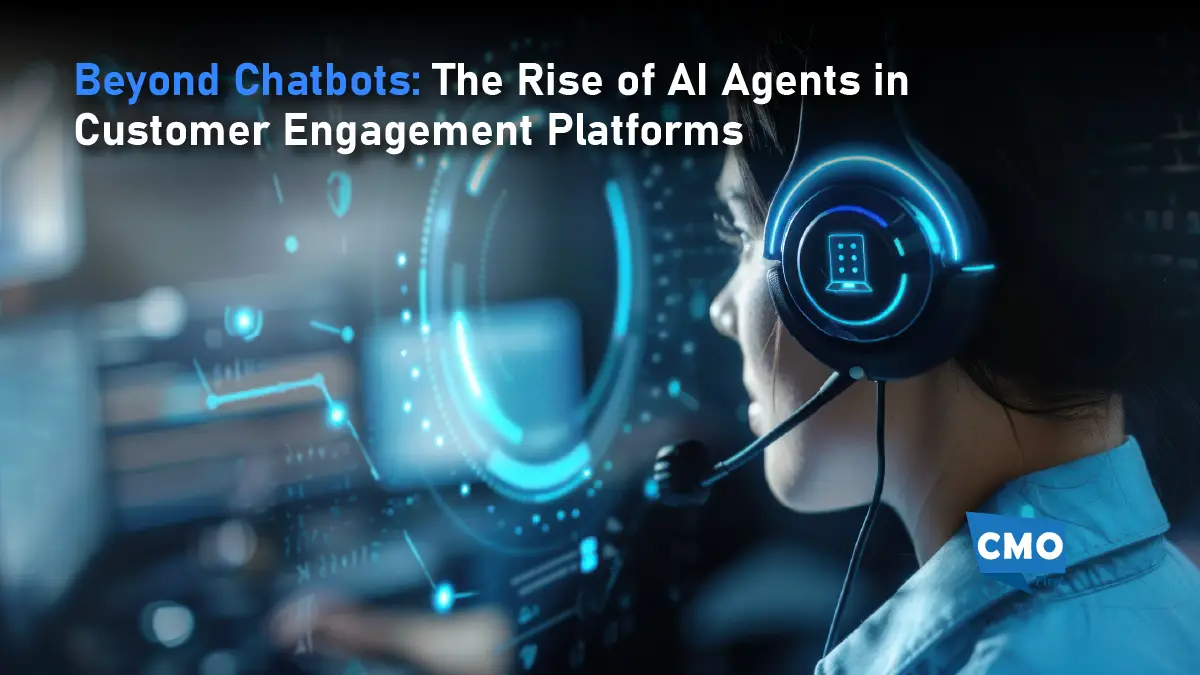

Leave a Reply